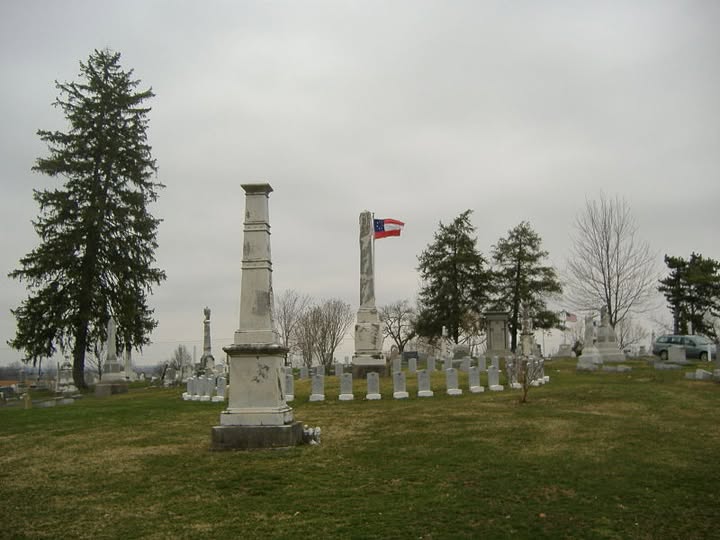In the dying light of summer 1862, the Civil War reached its hand into Falmouth, Kentucky. The quiet town, already worn down by tension, rumor, and the distant thrum of cannon fire—became the backdrop for a final chapter in one man’s life. His name was Dr. Samuel S. Jennings, an orderly sergeant hailing from Mobile, Alabama. More than just a soldier, Jennings was a man of education, likely respected, perhaps even admired by those who served with him. But war doesn’t care for pedigree, and fate does not flinch at a uniform.
Jennings had marched into Kentucky with his unit on a mission to destroy the Kentucky Central Railroad bridge. It was a bold objective, cut off Union supply lines and throw a wrench into the Federal war machine. But something went wrong. A skirmish broke out between the Confederate troops and Union defenders near the outskirts of town. Bullets cut through the summer air, smoke blanketed the horizon, and when the shouting faded, Jennings lay wounded, gravely so.
With no hope of returning to his unit, Jennings was taken in by a local widow, Mrs. L.E. Rule. Her daughter, Annie L. Rule, became his caretaker. She nursed him in their home on a quiet Falmouth street, tending to his wounds and easing his final days with a gentle hand and kind voice. There’s no record of the conversations they shared, but one can imagine Jennings—far from home, likely fevered and fading, clinging to those small mercies. For a brief time, Annie’s presence was his entire world.
As his condition worsened, Jennings asked Annie for a favor. He handed her a ring, small, gold, engraved with the initials “J.K.C. to S.S.J.” It was a gift from his wife, given before they married. It wasn’t just jewelry. It was a promise. A memory. A connection to a life that must have felt a million miles away. With trembling hands and fading breath, he asked Annie to keep it safe. If he died, he hoped it would help his family understand what became of him.
Not long after, Dr. Jennings passed. The war would rage on, but for him, it was over. He was buried there in Falmouth at first, among strangers. Later, his remains were moved to Battle Grove Cemetery in Cynthiana, where he rests among other Confederate dead. But even stone markers don’t tell the whole story. Jennings left behind no children in Falmouth, no known friends, no final letter, only the ring and a memory passed down by the Rule family.
The ring itself? That’s where the trail runs cold. There’s no clear account of where it went after Annie Rule’s time. Did she try to return it to Jennings’s family? Did she keep it in a small box for years, a sacred reminder of the soldier who died under her care? Or was it lost, buried in attic clutter, pawned, misplaced, or quietly sold during hard times? No one knows. It never surfaced again, though some say they’ve seen a Civil War-era ring with those initials turn up at estate sales or antique shops around the region.
What remains is the story, the bare-boned truth of a soldier who fought, fell, and found comfort in the kindness of strangers. Dr. Jennings never made it back to Alabama. He never got to hold his wife’s hand again. But in his final days, he was not alone. He was shown mercy. And even if the ring is gone, the bond it symbolized—the love left behind, the gratitude in his final gesture, echoes through time.
Some stories don’t need embellishment. This is one of them. A man, a mission, a wound, and a wish. Somewhere out there, that ring might still exist. Hidden. Waiting. Carrying with it the silent weight of a promise never quite fulfilled.

